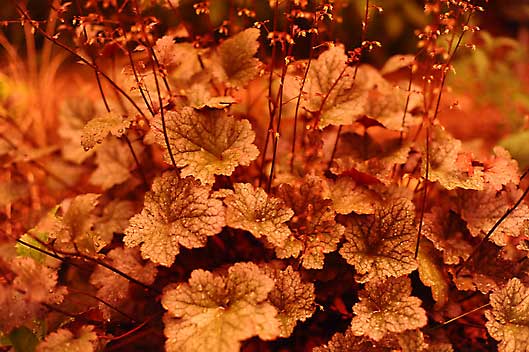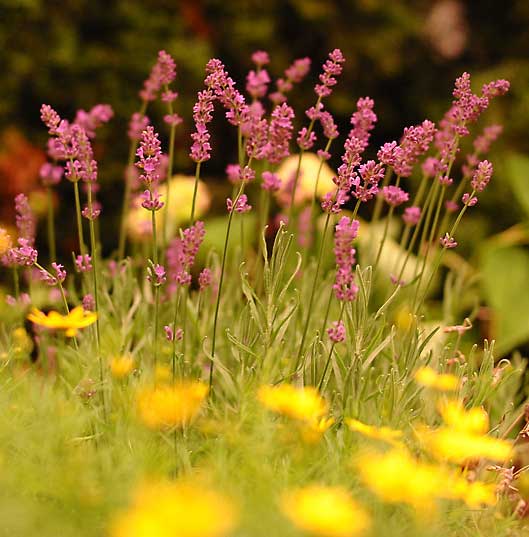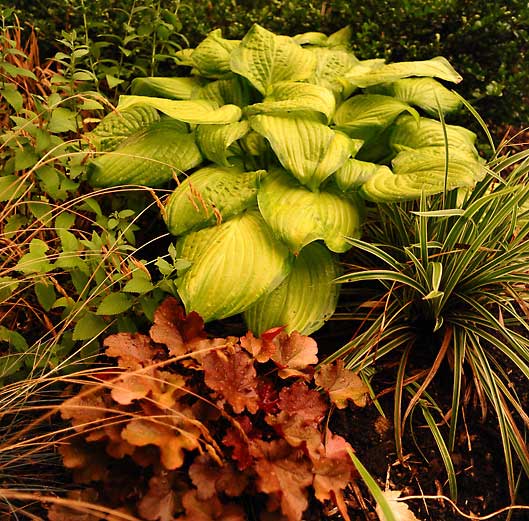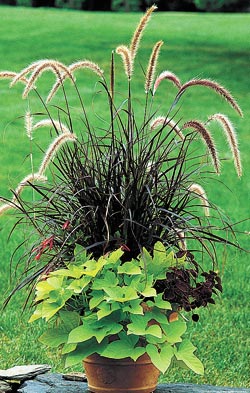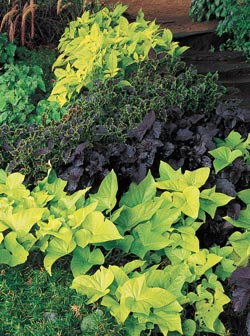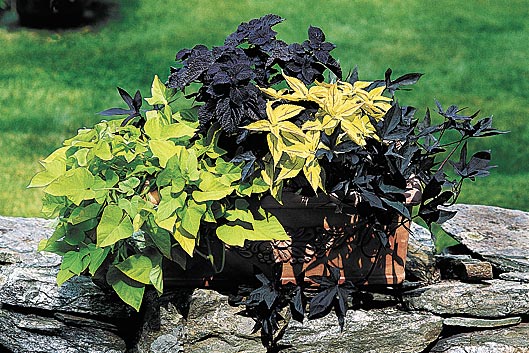DuPont has confirmed that Imprelis, an herbicide marketed by Dupont, is damaging certain trees…
Dupont, the Delaware-based chemical giant, acknowledged this afternoon that its herbicide Imprelis has injured some trees.
In a letter to lawn care professionals, Michael McDermott, GlobalBusiness Leader for DuPont Professional Products, said, “Based on our ongoing review, we have observed tree injuries associated with Imprelis primarily on Norway spruce and white pine trees.”

